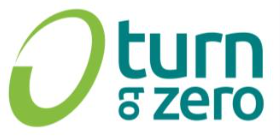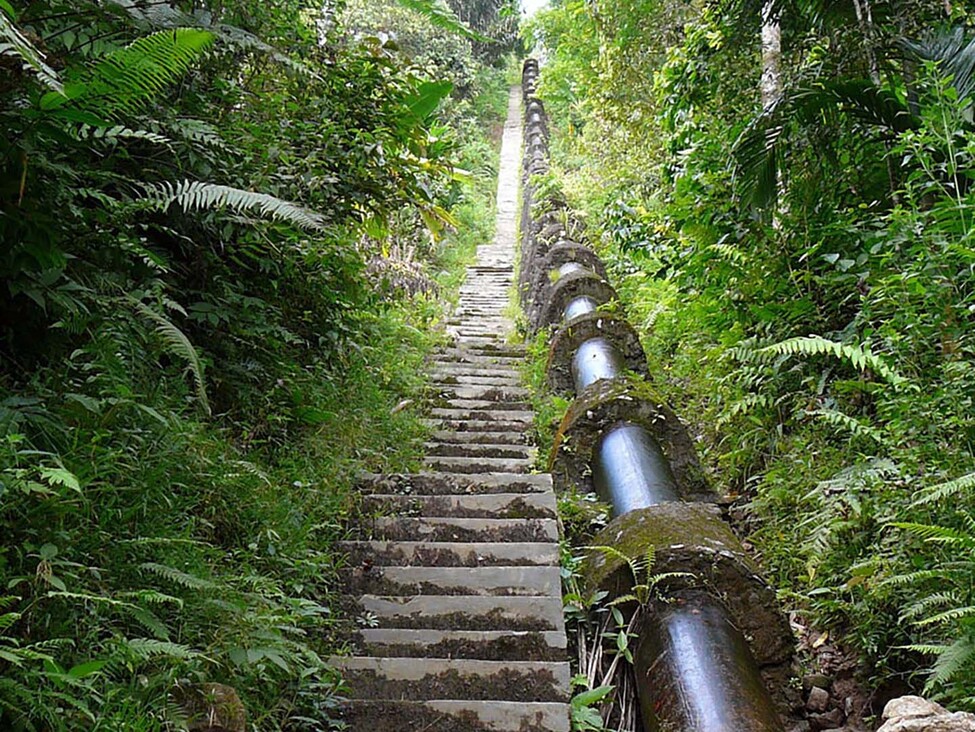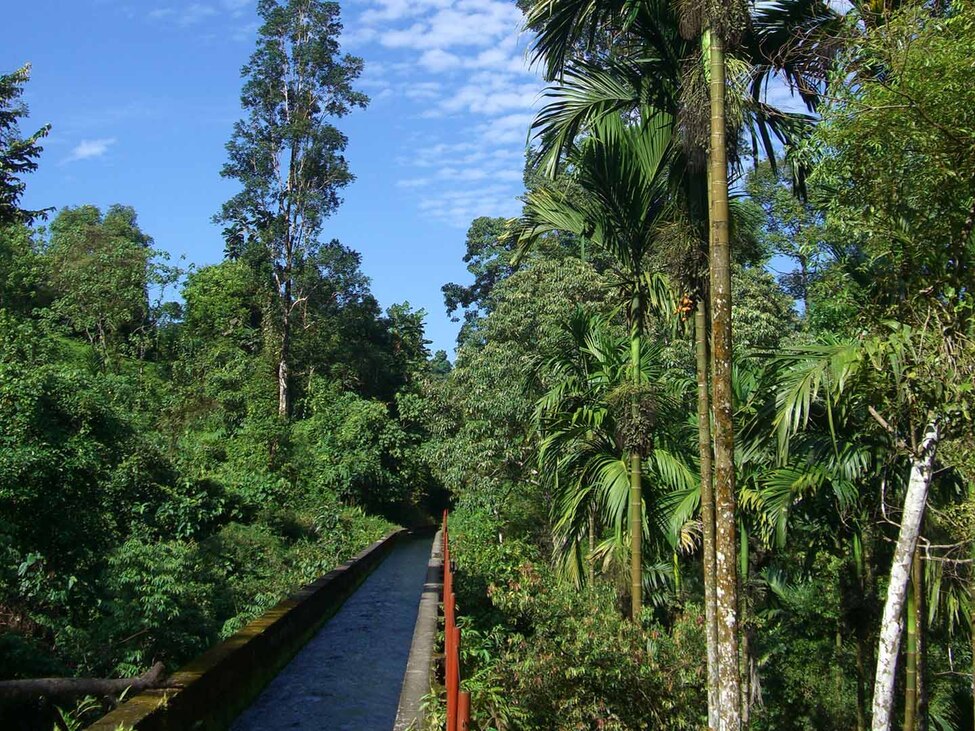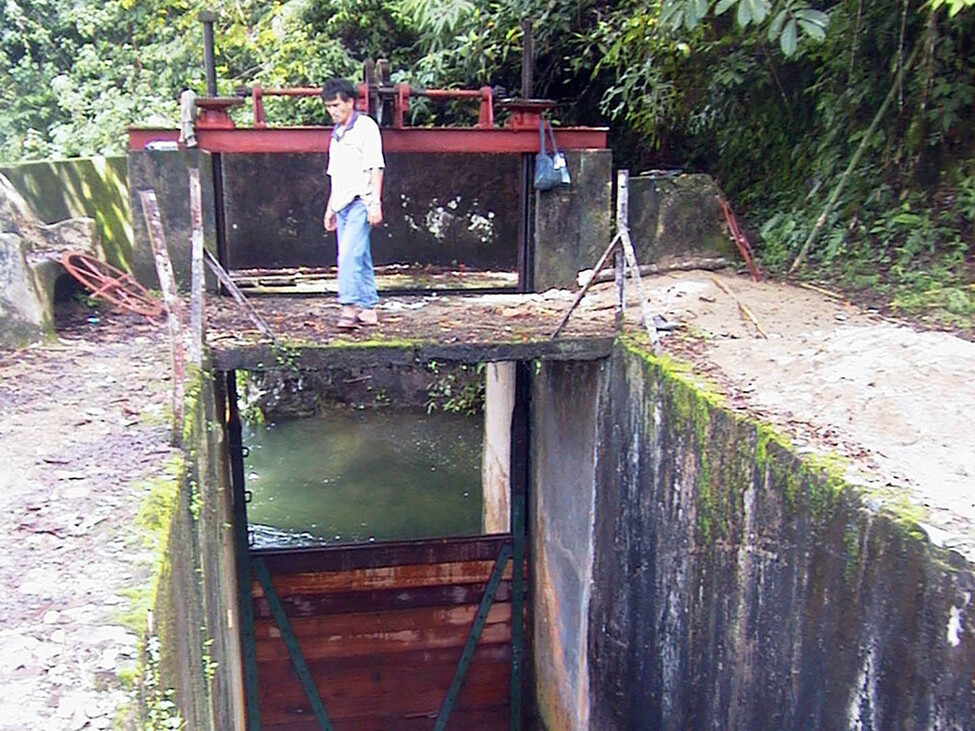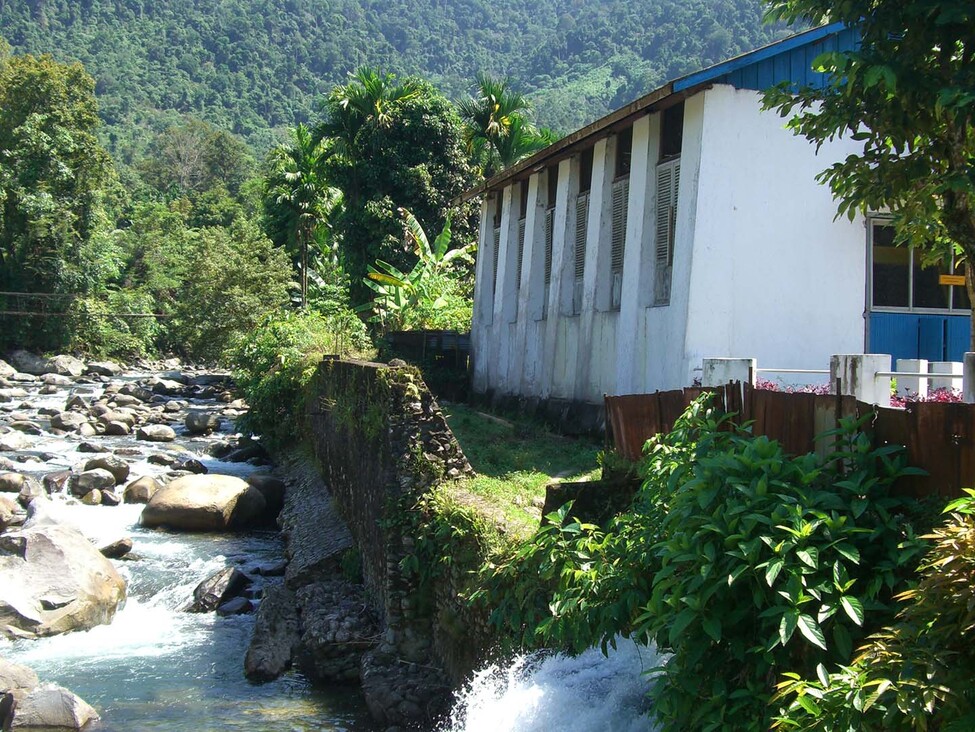Project facts
Project type: Renewable energy
Project location: Salido Kecil, Indonesia
Project standard: Gold Standard VER
Annual emission reduction: 3.716 t
Project start: August 2007
In Indonesia, a hydroelectric power plant is being renovated and recommissioned, and renewable power fed into the regional power supply system. Through the replacement of diesel-based power, greenhouse gas emissions are lowered.
